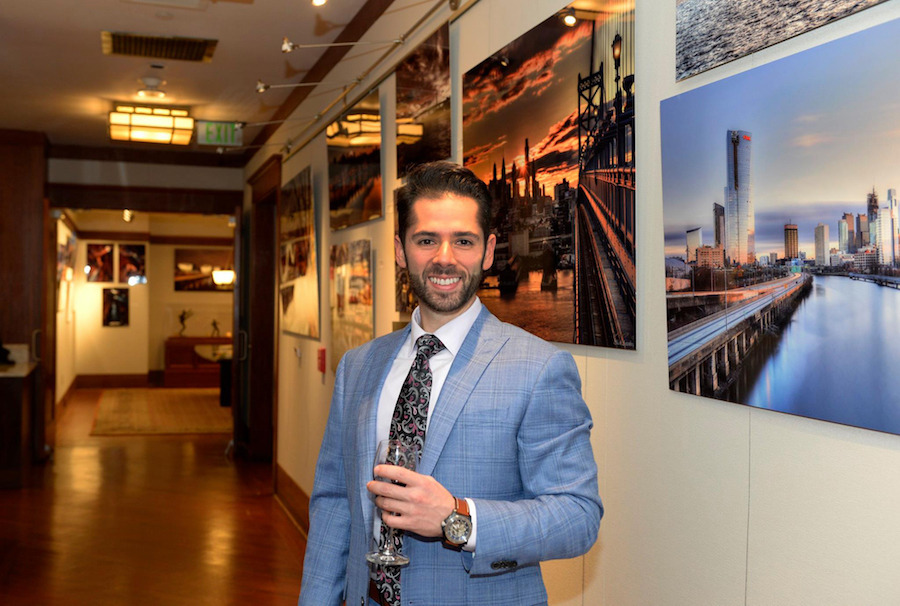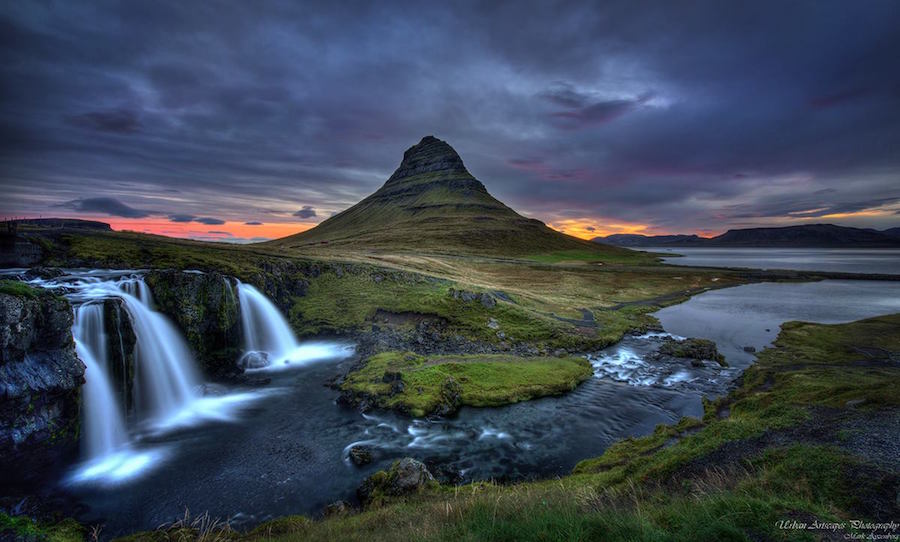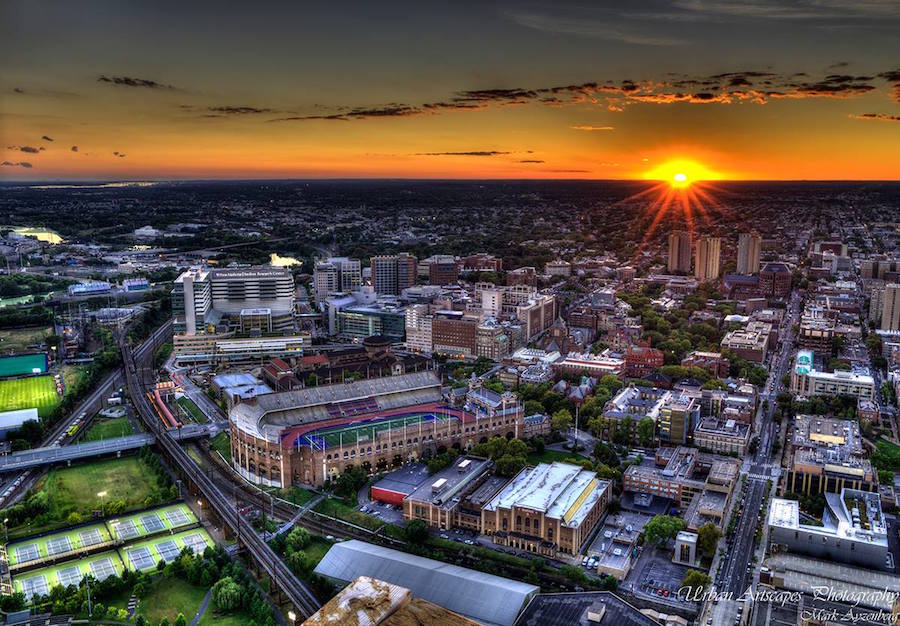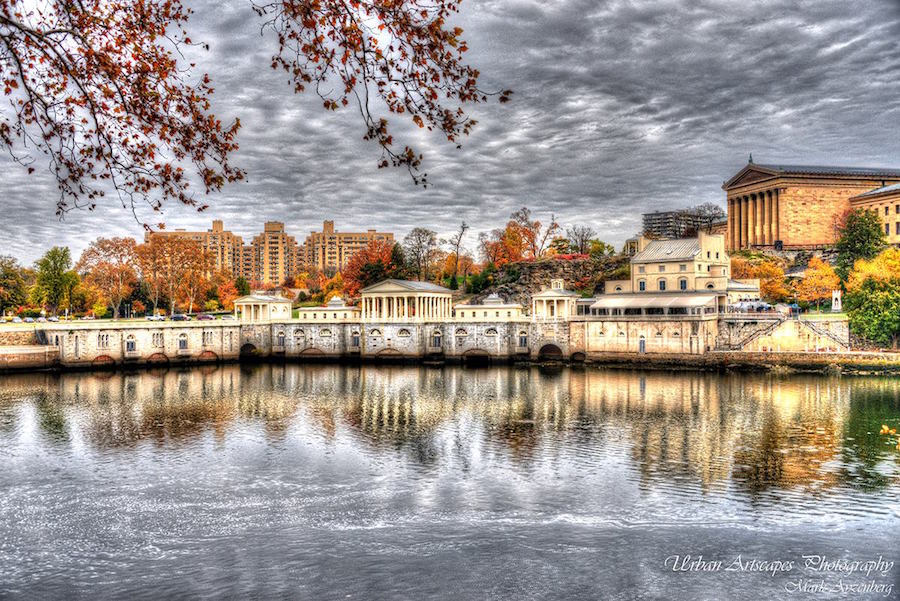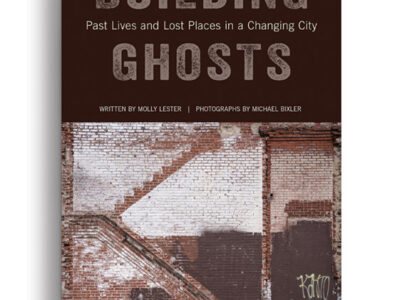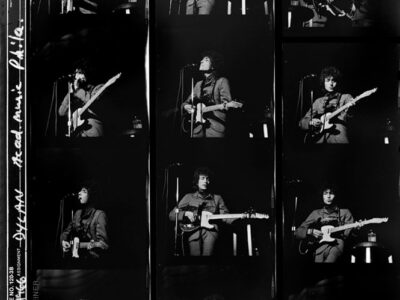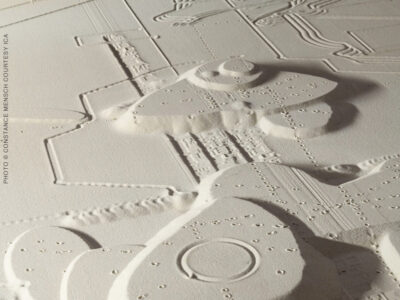You could say Dr. Mark Ayzenberg C’09 has an eye for detail. The orthopedic surgeon at Einstein Medical Center spends his days winding an arthroscope through tiny knee joints and his early mornings capturing the best urban sunrises Philadelphia has to offer with his Nikon camera. His photos, many printed on metal, have a stunning, three-dimensional quality that pulls viewers in with their sharp colors and layered shadows. Although Mark says practicing medicine is what makes him happiest—”Ever since I was a kid, I wanted to be a doctor,” he says—it’s no surprise he has an artistic side. Mark’s mother is a piano teacher and his father is a violinist. (Mark, himself, plays the guitar, along with piano, bass, drums, and the ukulele.) Supporting his science with his art, Mark currently, donates five percent of profits from his photographs to the Shriners Hospital for Children. The Burrison Gallery at the University of Pennsylvania has just extended an exhibition of Mark’s photographs through mid-November, and Mark will also be at the Alumni Arts Fair on Locust Walk on November 4, 2017, during Homecoming. He’s offering Penn students a 15 percent discount, and Penn staff, hospital workers, military, and first-responders a 10 percent discount off of anything in his online gallery. The Gazette caught up with Mark and asked him a few questions about his “side job.”
1. When did you start taking photographs and why?
I started when I was in my second year of residency while working nights. My dad asked me to sell his old camera for him, and instead I asked to borrow it and used it as an excuse to roam around Philadelphia after my night shifts. Between second and third year of residency we work five months of nights. Before I knew it, people were inquiring about the sale of my work. My first big sale was made that year to Metro Club Condominiums, where my photography now is exhibited in their main lobby and every elevator lobby. Since then, I have had the [good] fortune of being involved in multiple large office and condo redesigns—business has really started to boom.
2. What are the top three subjects you like to photograph and why?
I started with cityscapes, specifically in Philadelphia, as it is my hometown and has particular meaning to me. I also very much enjoy architectural photography. As business has expanded, I have been able to fund some photo tours in places such as the West Coast, Hawaii, and, most recently, Iceland. I think travel photography is my favorite at this point.
3. What type of camera(s) do you use?
I started with my dad’s Nikon D300 and now use Nikon D810 for most of my work—but the D810 is being retired this weekend as I have just purchased the Nikon D850.
4. Have you had any professional training in photography?
None, though I wish in retrospect that I had taken some classes during my time at Penn.
5. The sky plays such a big role in your images. Do you watch the weather before going out, or are these beautiful sunsets captured with pure luck?
It is a bit of a combination. My priority is my day job at the hospital. While my hours are much better now that I am in my last year of residency, I still work long hours. I go out and shoot when time permits. I rarely have luck with great skies, actually! I may take 500 photos of one location. If I get lucky enough to have three to five that have nice skies and are to my liking, I consider that a good day. I just came back from Iceland—it rained more than 80 percent of the time. The advantage full-time photographers have is that they can camp out in one location for weeks in order to get the best of each scene during weather changes.
6. Can you describe the process of how your artwork is created?
Some of my photographs are long-exposure photos—meaning the camera “eye” is open for many seconds to many minutes in order to blur the sky, water, etc., and “average” the movement over the time of exposure. Most of my pieces, though, are merged multiple exposure photographs. For example, if you take a photo of the sun, everything else is dark; if you take a photo of the foreground, the sky may be completely whited out on a bright, sunny day. I take both, as well as everything in between, then merge them, which allows me to create more vibrant, colorful images, full of detail.
7. Why do you like printing on metal?
Mostly, I think it complements my style of photography. Importantly, it is also cost-effective, since I print up to 7+ feet on metal, and they come ready to hang with a floating wooden frame behind the metal. If I did the same on paper, the frame would cost more than my photo. I also print on acrylic, canvas, wood, and paper—but metal is my favorite for most of my photographs.
8. What do you hope viewers take away from your photos?
Photography is an escape—it allows me to take in my surroundings and just enjoy nature or the bustling city. I hope that viewers can get a sense of escape themselves by looking at my work. I hope my work will elicit feelings of happiness, wonder, and a desire to travel.
9. What makes Philadelphia a prime location to shoot?
It is a very diverse city in terms of terrain and is full of interesting architecture and historic landmarks—it just doesn’t get old for photography. That, and the fact that I live here helps!

